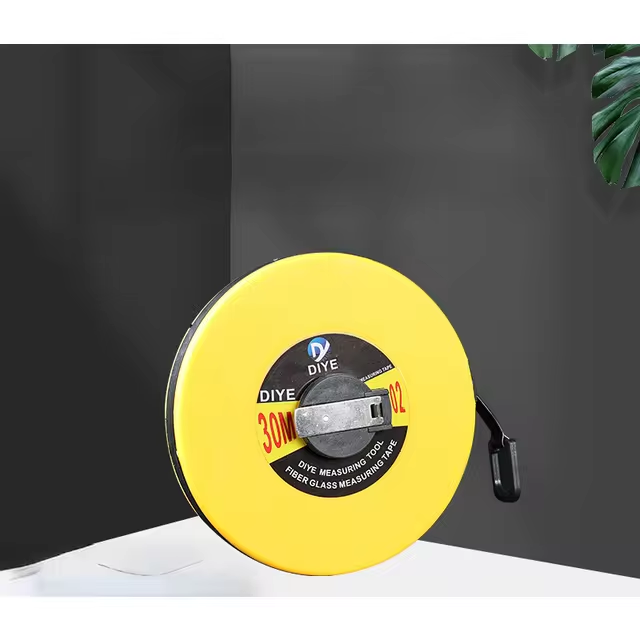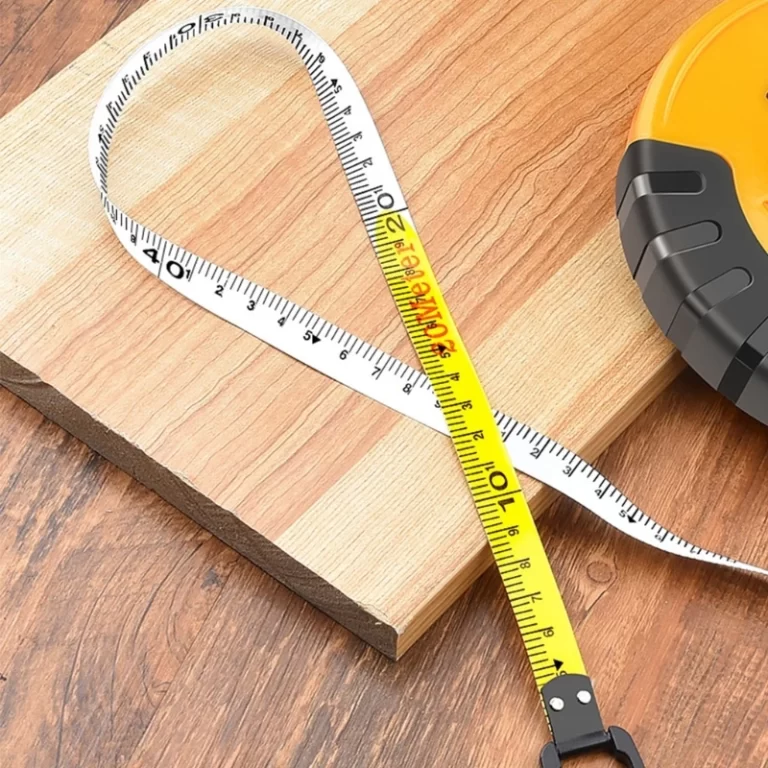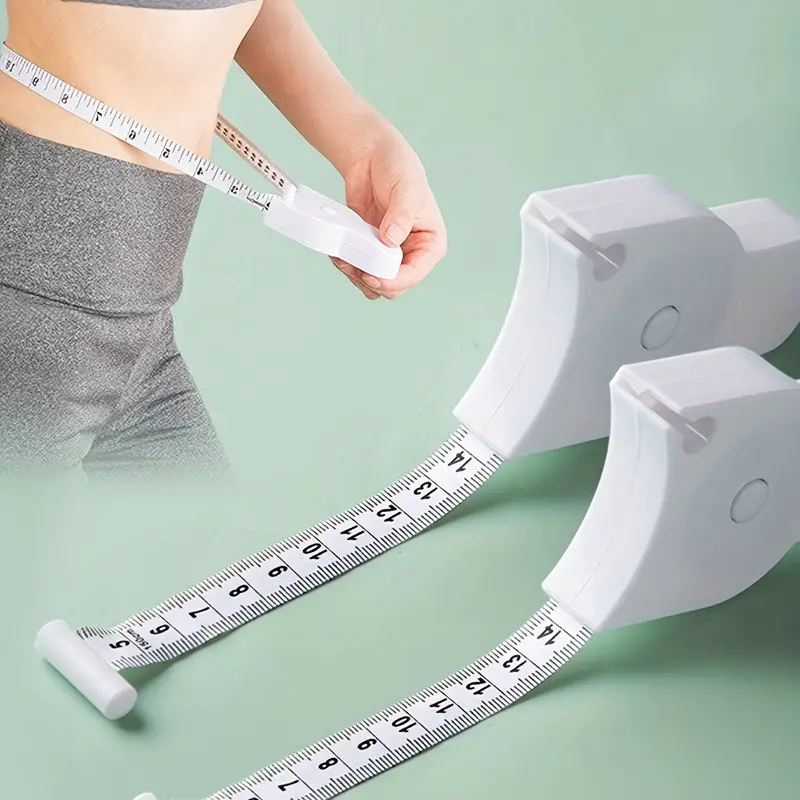
How to Measure Waist Without Measuring Tape: Effective Methods
Measuring your waist accurately is essential for various reasons, including tracking health metrics, selecting the right clothing size, and monitoring fitness progress. However, not everyone has a measuring tape readily available. Fortunately, there are effective methods on how to measure waist without measuring tape. This guide explores multiple techniques to help you achieve precise waist measurements using everyday items and practical approaches.
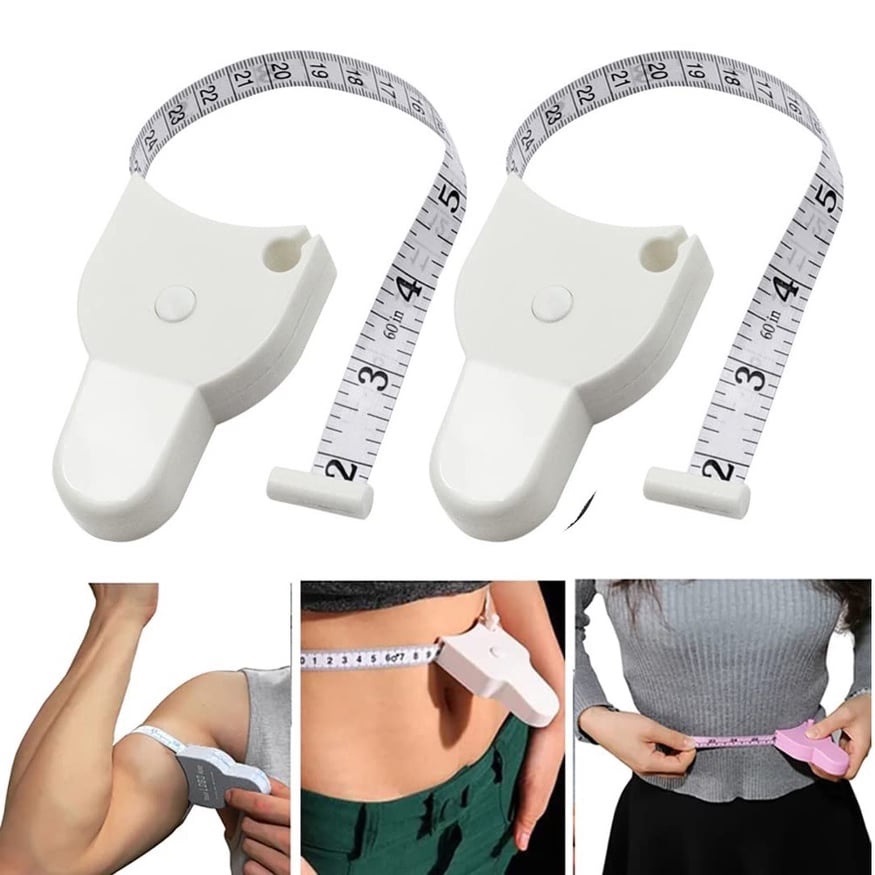 Understanding the Importance of Waist Measurement
Understanding the Importance of Waist Measurement
Before diving into the methods, it’s crucial to comprehend why measuring your waist matters. Your waist size is a key indicator of your overall health, particularly concerning abdominal fat distribution. Excess fat around the waist can increase the risk of heart disease, diabetes, and other health issues. Additionally, knowing your waist measurement helps in choosing clothing that fits well, enhancing both comfort and appearance.
Tools You Can Use to Measure Your Waist Without a Measuring Tape
While a measuring tape is the most straightforward tool for waist measurement, several household items can serve as effective alternatives. By utilizing these common items, you can accurately measure your waist without the need for specialized equipment.
Using a String or Ribbon
A string or ribbon is a versatile tool that can substitute a measuring tape. Here’s how to use it:
- Wrap the String Around Your Waist: Position the string at your natural waistline, typically located above your belly button and below your rib cage.
- Mark the Overlap Point: Once the string overlaps, mark the exact spot where the end meets.
- Measure the Length: Lay the string flat against a ruler or a straight edge to determine the circumference.
Employing a Piece of Paper
A piece of paper can also function as a measuring tool. Follow these steps:
- Place the Paper Around Your Waist: Ensure the paper is snug but not too tight.
- Mark the Point Where It Meets: Identify the point where the paper completes the circle around your waist.
- Measure the Distance: Use a ruler to measure the distance between the edge and the marked point.
Utilizing a Belt
A belt is another practical alternative for waist measurement. Here’s how to proceed:
- Wrap the Belt Around Your Waist: Adjust the belt to fit comfortably around your natural waist.
- Note the Marked Point: Observe where the belt overlaps.
- Measure the Length: Use a ruler to measure the distance from the buckle to the marked point on the belt.
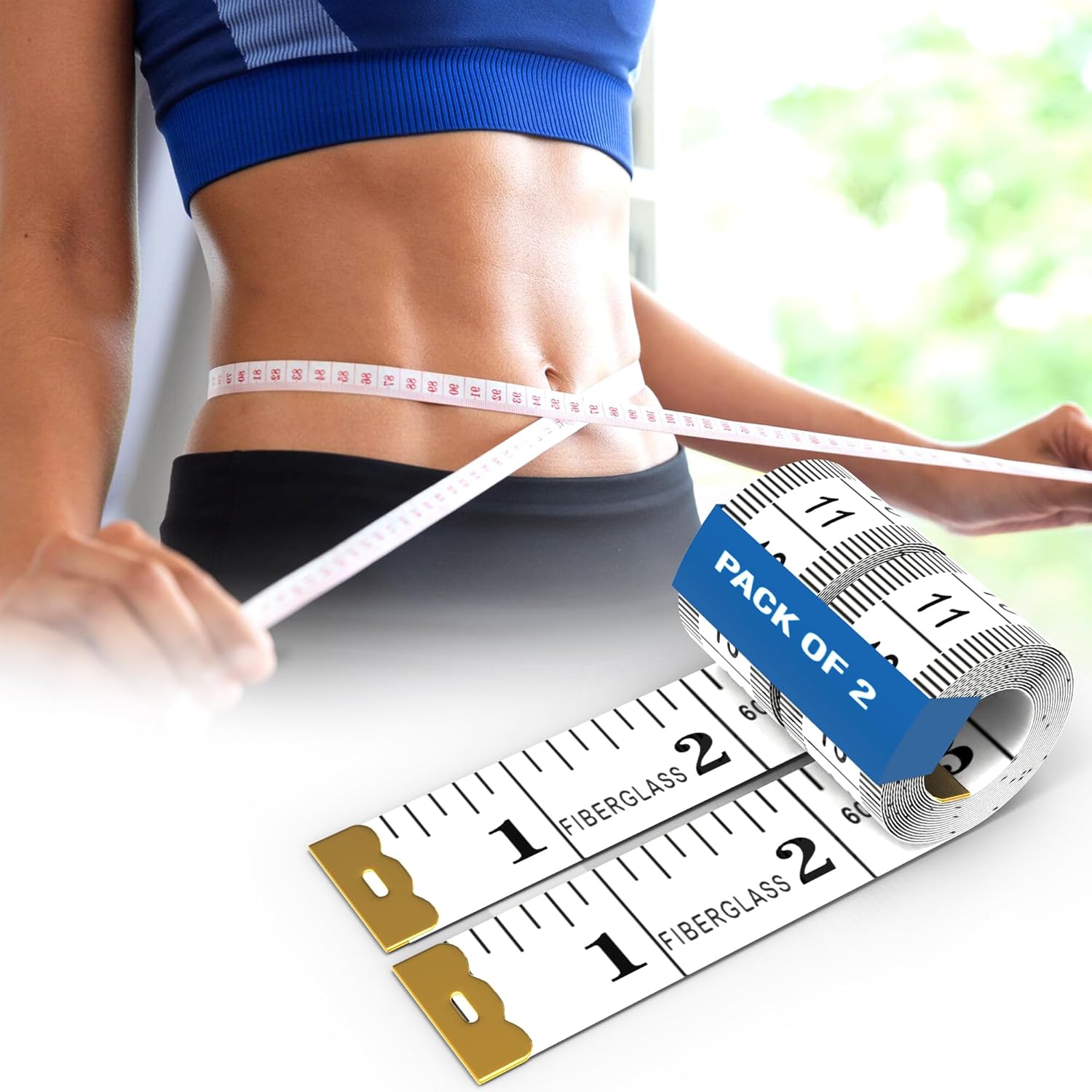 Step-by-Step Guide on How to Measure Waist Without Measuring Tape
Step-by-Step Guide on How to Measure Waist Without Measuring Tape
How to measure waist without measuring tape? Accurate measurement requires attention to detail. Follow these steps to ensure precision when measuring your waist without a measuring tape.
Step 1: Identify Your Natural Waist
Your natural waist is located above your belly button and below your rib cage. To find it, bend to one side; the crease that forms is your natural waistline.
Step 2: Choose Your Measuring Tool
Select one of the alternative tools mentioned earlier—string, ribbon, paper, or belt.
Step 3: Wrap the Tool Around Your Waist
Position the tool at your natural waist, ensuring it is level and not twisted. It should be tight enough to stay in place but loose enough to move slightly.
Step 4: Mark the Overlap Point
If using a string, ribbon, or belt, mark the point where it overlaps to indicate the circumference.
Step 5: Measure the Length
Lay the tool flat against a ruler or straight edge to determine the total length. This measurement represents your waist circumference.
Creative Methods to Measure Waist Without a Measuring Tape
Beyond conventional tools, creativity can aid in waist measurement. These methods leverage common items and innovative techniques to provide accurate results.
Using Your Smartphone
Modern smartphones come equipped with measuring apps and features that can assist in waist measurement.
- Download a Measurement App: Install a reliable app designed for body measurements.
- Follow the App Instructions: Use the app’s guidelines to capture precise measurements using your phone’s camera and sensors.
Applying the Body Folding Technique
This technique involves folding a specific part of your body and measuring the distance.
- Stand Straight and Relax: Maintain a natural posture.
- Fold Your Body Slightly: Bend slightly to the side to create a visible crease at your waist.
- Measure the Crease: Use a ruler or any straight measuring device to determine the distance, which approximates your waist size.
Leveraging Clothing Sizes
If you prefer not to use any tools, you can estimate your waist size based on your clothing sizes.
- Find Your Size Label: Check the size label on pants or skirts that fit you well.
- Compare Sizes: Use a size chart to translate your clothing size into waist measurements.
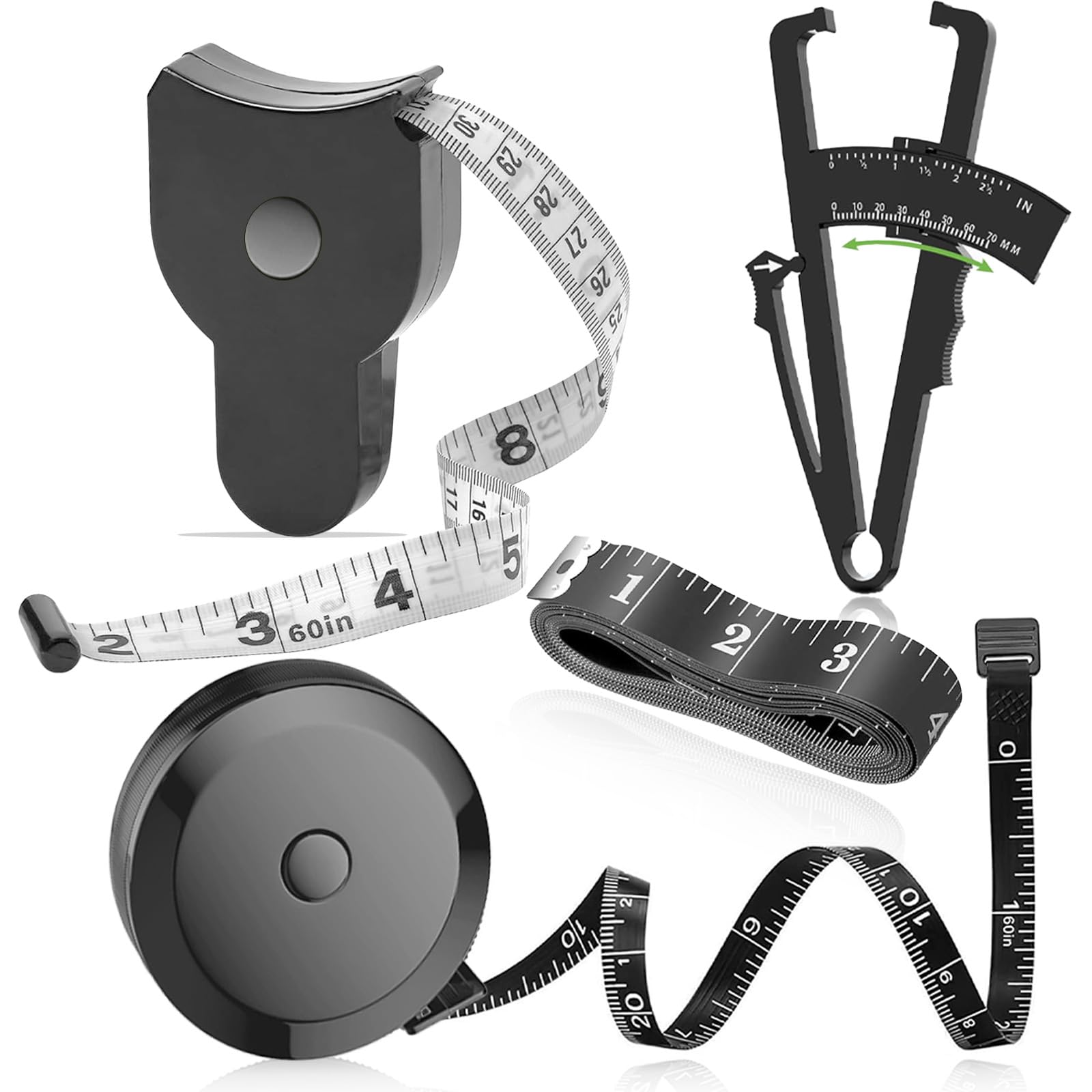 Tips for Accurate Waist Measurement Without a Measuring Tape
Tips for Accurate Waist Measurement Without a Measuring Tape
Achieving an accurate waist measurement without a measuring tape requires careful attention to detail. Implement these tips to enhance the precision of your measurements.
Ensure Proper Posture
Stand straight and relaxed to avoid bloating or compressing your waist, which can distort the measurement.
Measure at the Same Time of Day
Body size can fluctuate throughout the day. For consistency, measure your waist at the same time each day, preferably in the morning.
Double-Check Your Measurements
To ensure accuracy, repeat the measurement process multiple times and use the average of your results.
Avoid Tight or Loose Wrapping
When using alternative tools, ensure they are neither too tight nor too loose. A snug fit provides the most accurate measurement.
Common Mistakes to Avoid When Measuring Your Waist Without a Measuring Tape
Accuracy in waist measurement is often compromised by common mistakes. Being aware of these pitfalls can help you avoid them.
Not Identifying the Correct Waist Location
Measuring above or below your actual waist can lead to incorrect results. Ensure you locate your natural waist accurately before measuring.
Stretching the Measuring Tool
Stretching the string, ribbon, or belt can falsely inflate the measurement. Use materials that are stretchy to a minimum extent for consistency.
Inconsistent Tool Positioning
Keeping the measuring tool at the same level around your waist is essential. Tilted or uneven positioning can distort the measurement.
Relying Solely on Visual Cues
While visual estimates can be helpful, they are not always precise. Combining visual methods with actual measurements enhances accuracy.
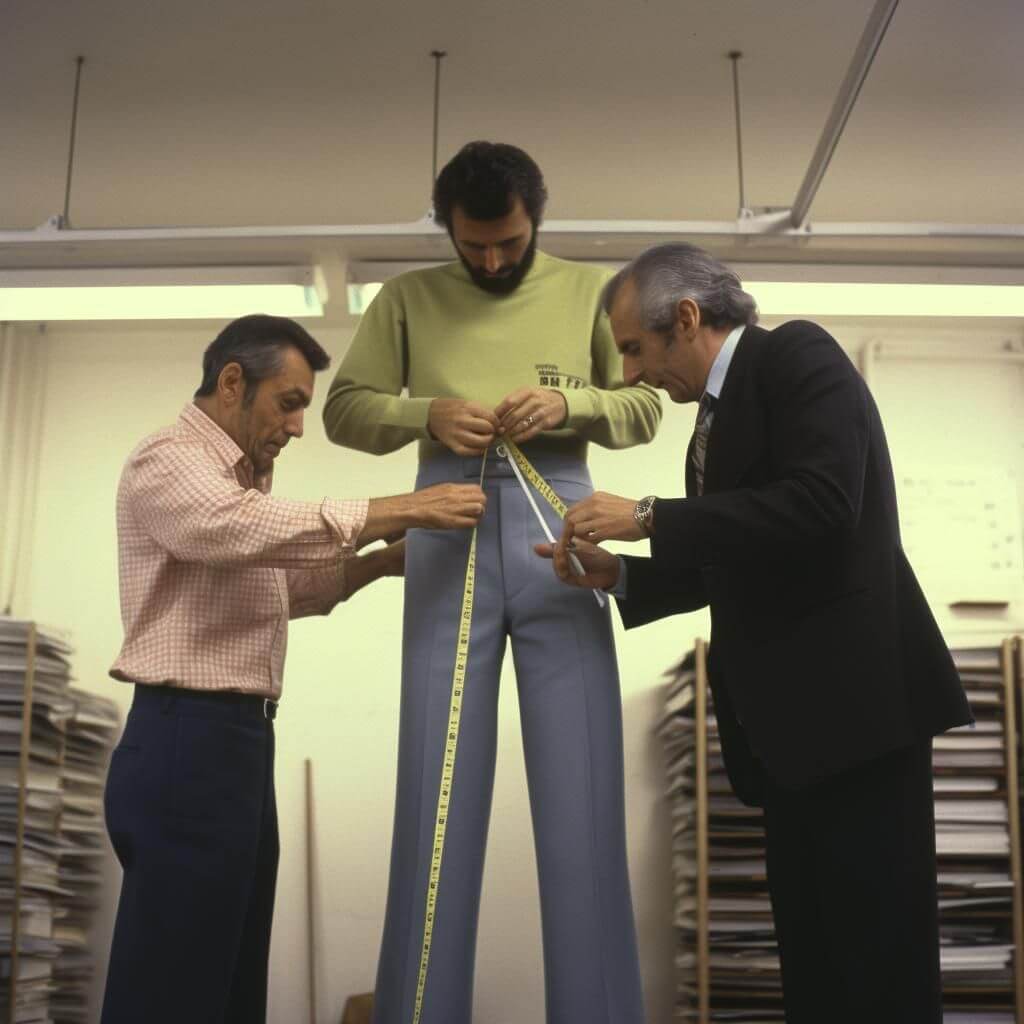 Practical Applications of Accurate Waist Measurement
Practical Applications of Accurate Waist Measurement
Accurately knowing your waist size without a measuring tape has several practical applications that benefit your daily life.
Health and Fitness Monitoring
Tracking your waist measurement helps monitor weight loss, muscle gain, and overall health. It serves as an indicator of abdominal fat, contributing to better health management.
Choosing the Right Clothing Size
Understanding your waist size ensures you select clothing that fits perfectly, enhancing both comfort and style. This knowledge is particularly useful when shopping online, where precise measurements are crucial.
Tailoring and Alterations
If you need custom clothing, providing an accurate waist measurement to a tailor guarantees a perfect fit, saving time and resources on multiple alterations.
Improving Posture and Ergonomics
Awareness of your waist size can also lead to better posture and ergonomic habits, reducing back pain and enhancing overall physical well-being.
Advanced Techniques for Measuring Waist Without Measuring Tape
For those seeking more precision, advanced techniques incorporate additional tools and methods to fine-tune waist measurements.
Digital Tools and Apps
Several digital tools and smartphone apps utilize advanced technology like augmented reality (AR) to measure your waist accurately. These tools guide you through the process, ensuring precise measurements without physical measuring tapes.
Photogrammetry
Photogrammetry involves taking multiple photographs of your waist from different angles and using software to calculate the circumference. This method provides high accuracy but requires technological proficiency.
3D Body Scanning
Advanced 3D body scanning technology captures detailed body measurements, including waist size. While not widely accessible, some fitness centers and medical facilities offer this service for precise body measurements.
Frequently Asked Questions About Measuring Waist Without a Measuring Tape
Why is waist measurement important?
Waist measurement is a vital health indicator, reflecting abdominal fat levels, which are linked to various health risks. It also assists in selecting appropriately sized clothing.
Can I use a belt permanently as a waist measuring tool?
While a belt can be used temporarily to measure your waist, it’s not recommended to wear it tightly for extended periods as it can cause discomfort and health issues.
How accurate are alternative measuring methods compared to a measuring tape?
Alternative methods can be nearly as accurate as a measuring tape when performed correctly. However, slight variations can occur based on the tool used and the individual’s measurement technique.
Is it possible to measure waist without any tools?
While challenging, estimating your waist size without any tools is possible but less accurate. It’s recommended to use at least a string or ribbon for better precision.
 Conclusion
Conclusion
In conclusion, understanding how to measure waist without measuring tape is a valuable skill that offers numerous benefits for health monitoring, clothing selection, and overall well-being. By utilizing everyday items like strings, ribbons, paper, or belts, you can achieve accurate waist measurements with ease. Additionally, employing creative and advanced techniques can further enhance the precision of your measurements. Remember to follow the step-by-step guidelines and avoid common mistakes to ensure the most reliable results. Mastering these methods empowers you to take control of your health and style, even without a traditional measuring tape.
